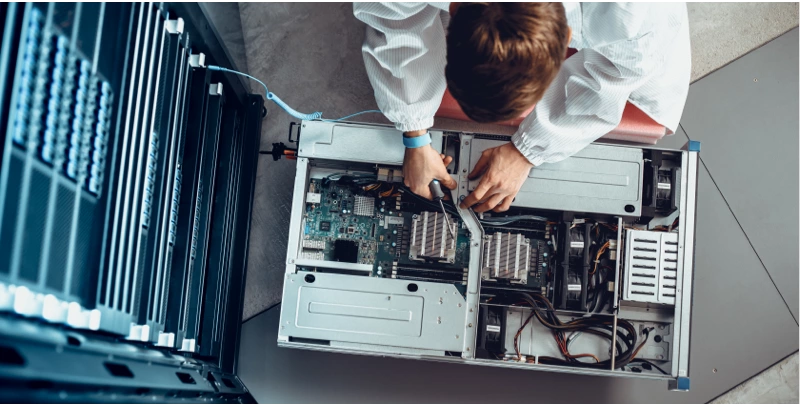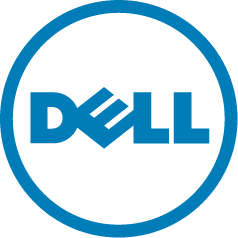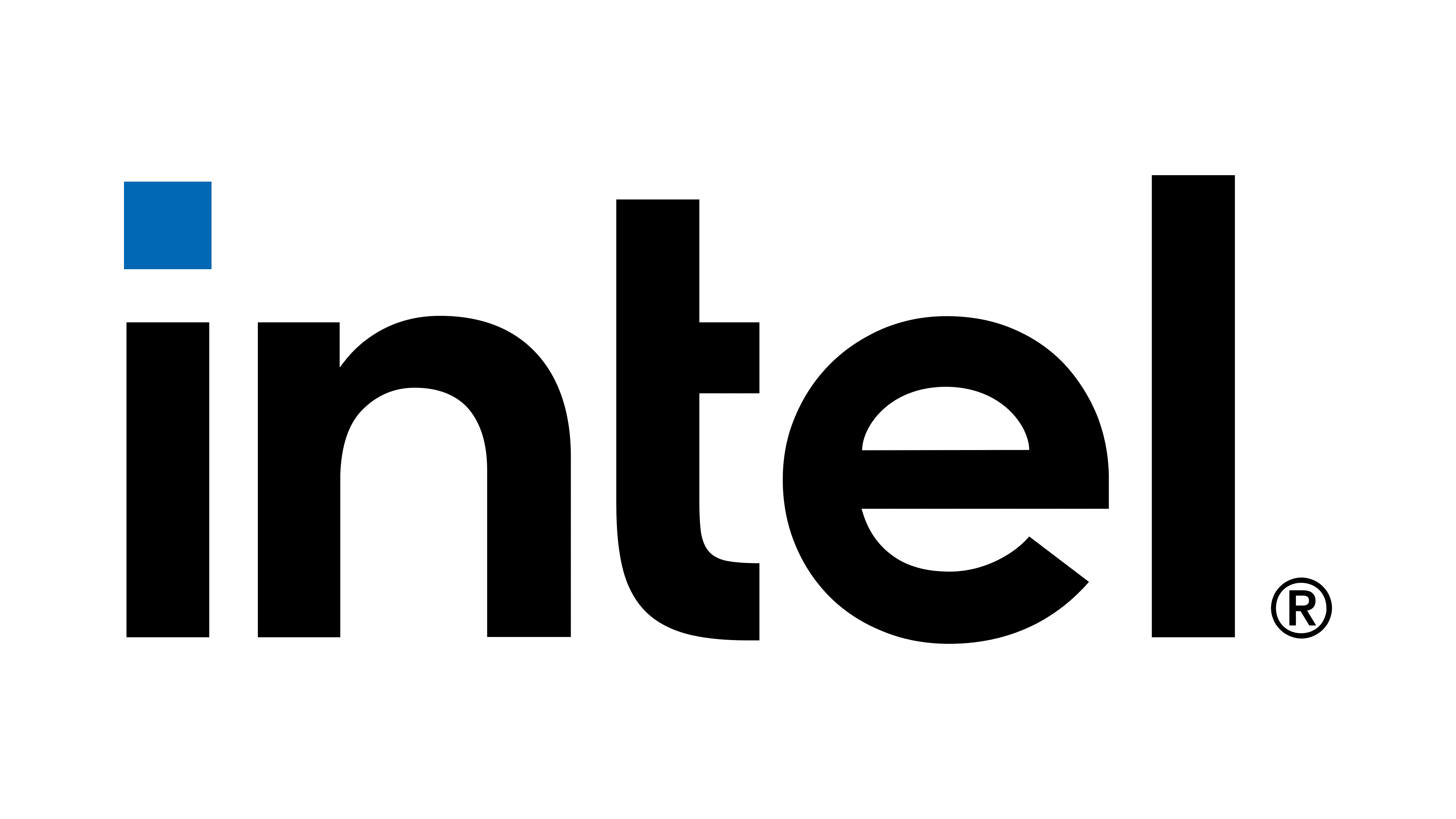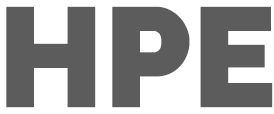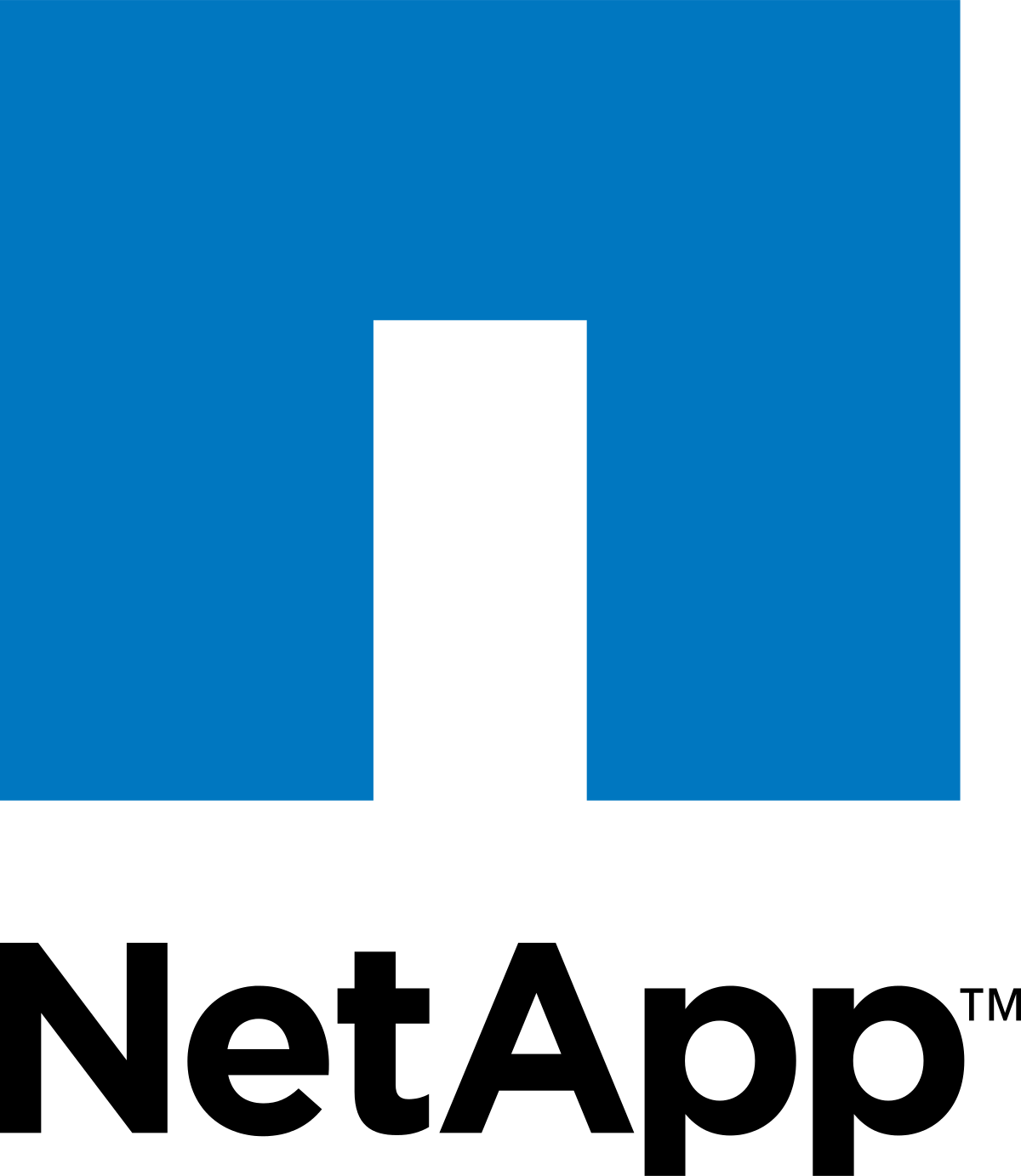
Third Party Maintenance
Unrivalled Third Party Hardware Support
Park Place Technologies is your trusted data center hardware maintenance partner. As the global leader in third-party support for storage maintenance, server support, network hardware support and hyperconverged hardware, we provide support for 21,500 customers across the globe, including half of the Fortune 500.
We are unmatched by ordinary TPMs and even the OEMs, by providing proactive monitoring, 24/7 L3 support, the industry’s only First-Time Fix™ Guarantee and more.
Support for your Equipment at Any Point of the Asset Lifecycle!
Whether we start Day 1, right out of the box, or partner with you at another start-time later in the lifecycle of the asset, Park Place delivers quality support and OEM-level SLAs for a fraction of the cost.
Our global, Level 1 (L1) - Level 3 (L3) engineers average 15+ years of multiple OEM experience and are world-renowned for maximizing data center equipment Uptime.

We provide support throughout the entire lifecycle of your data center and edge hardware.
Our support doesn't have an expiration date!
Day-1 Support, Right Out-of-the-Box
Choose a minimal support package from the OEM to maintain access to software updates - we can do the rest! Learn more here.
Post-OEM warranty transition.
Explore transitioning support to Park Place after your initital 3-year OEM warranty ends. Your maintenance savings can be reinvested into new technologies, AI, or other initiatives.
End of Life
When OEMs stop manufacturing your specific equipment model, service and support can quickly diminish. Explore how Park Place can take your performance to the next level with world-class service and support.
End of Service Life
OEMs may stop servicing and supporting your equipment, but we won’t! We’ll support your hardware assets as long as possible, until you’re ready for new equipment.
Park Place ensures your equipment lifecycle extends well beyond the OEM-stated End of Service Life (EOSL) date. You determine when you’re ready to retire your data center assets … all while saving 30-40% on infrastructure hardware maintenance!
Supported OEMs
Why Move Your Hardware Support to Park Place?
-
One Partner Across OEMs, Across the World
- With multi-vendor hardware support provided in ~180 countries you can simplify IT maintenance by reducing the number of partners you need.
-
Extend the Life of Hardware
- End of Service Life (EOSL) support keeps your investments up and running longer, maximizing ROI and freeing money for other initiatives.
-
Fully Automated Maintenance Experience
- ParkView Hardware Monitoring™ monitors for incidents 24/7 and automatically opens tickets, triages the issue and dispatches IT support.
-
Follow-the-Sun Support in 170 Languages
- Wherever you are, and whenever the need arises, Park Place is there with our multi-lingual customer support (including L3 support).
-
The Industry’s Only First-Time Fix™ Guarantee
- If a return trip is needed to fix the same issue on the same device within 5 days, you get one month of support on the device free.
-
30-40% Less than the OEM
- Park Place combines the confidence that comes from the industry leader supporting 21,500+ customers and SLAs similar to the OEM with significant cost savings.
The Next-Gen IT Infrastructure Support Experience
-
Self-Service Management
The Central Park Customer Portal is an innovative single pane of glass for managing your data center maintenance & monitoring. Key features include:
- Easy-to-read dashboard of key metrics
- Service ticket, contract and asset management
- Multi-account access
- Ability to designate multiple customer administrators
- ParkView™ Hub including installation wizard and visibility to monitor devices
- 24-hour live chat
-
Proactive Monitoring
Whether you’re monitoring Storage, Server, or Network devices, ParkView Hardware Monitoring™ reduces the number of touchpoints between you and a maintenance solution to two easy steps by proactively identifies faults 24/7 without the need for customer action of any kind.
-
First-Time Fix™ Guarantee
A lot of maintenance providers claim to have a high first-time fix rate but only one puts their reputation on the line – Park Place Technologies. With our First-Time Fix™ Guarantee if we don’t resolve your storage, server or network hardware issue on the first visit, we’ll credit you for one month of maintenance (and monitoring if applicable) on that device. It’s that simple.
-
Fully Integrated Approach
With a full suite of infrastructure management services and data center professional services, Park Place Technologies can help you optimize your data center support beyond typical break-fix maintenance offered by ordinary TPMs.
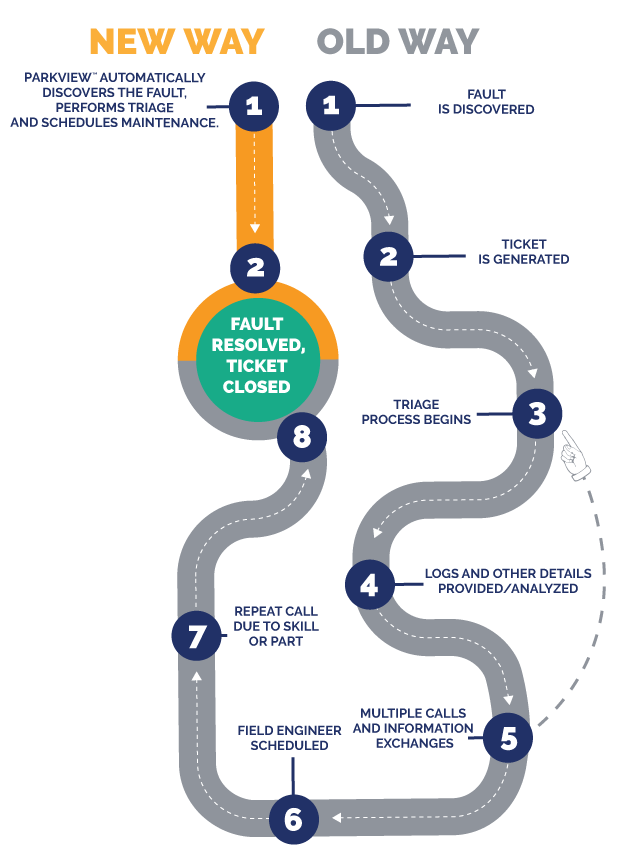
Been There, Fixed That.
What's more, we have provided extensive support to a range of industries, from healthcare organizations to Federal hardware maintenance.
-
~180Countries serviced
-
900+Spare parts locations
-
21,500+Current customers supported

Central Park Customer Portal
- Easy-to-read dashboard of key metrics
- Service ticket, contract and asset management
- Multi-account access
- Ability to designate multiple customer administrators
- Park Place Hub including installation wizard and visibility to monitor devices
- 24-hour live chat
Engineer Expertise
-
600+Global Professionals
-
15+Years Average Experience
-
150K+Service Calls 2021


